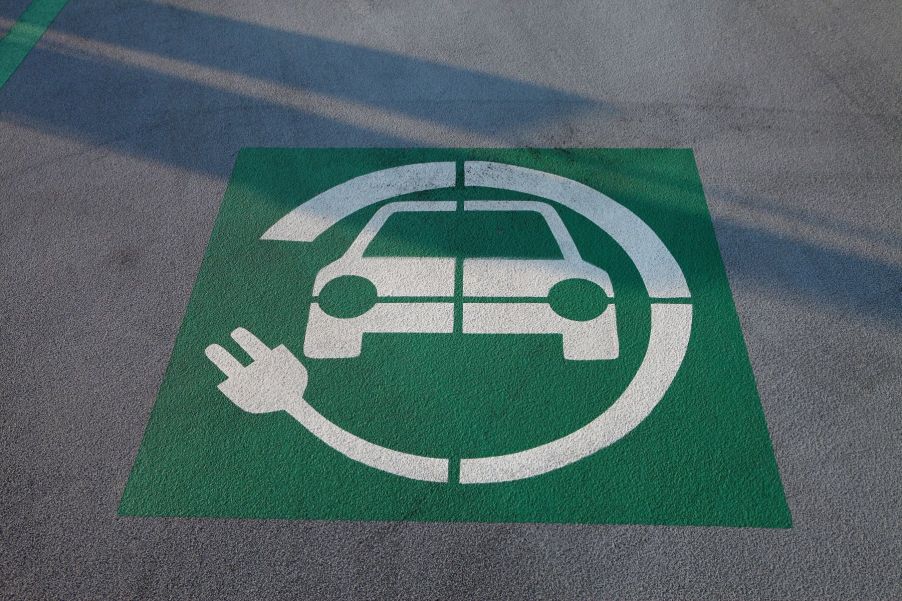
The Automotive Industry Is Changing as Motor City Heads South
Change is inevitable, and that includes for the automotive industry. With long-established roots in Detroit and the upper Midwest, it’s seeing increased growth in the American South. These changes are spurred in part by the development of electric vehicles. Let’s look at the growth of Motor City and the EV-related move southward.
A brief history of the Motor City
While there were multiple “motor cities” at the beginning of the 20th century, Detroit soon established itself as the Motor City, the center of America’s car industry. It was able to build on its established industries and manufacturing abilities, industry leaders, and its available resources and capital to accomplish this, explains the Detroit Historical Society. Detroit had plenty of advantages, including being near coal, iron, and copper mining, being easy to reach by water or land, and being near more established production centers, reports The Gilder Lehrman Institute of American History.
The auto industry first developed in Detroit in the 1890s. While local factories built cars, the city of Detroit grew. Workers flocked to Detroit by the 1910s for high-paying jobs in factories. They began to organize labor unions, and the United Auto Workers (UAW) was founded in Detroit in 1935, bringing increased pay and benefits to workers. There were 125 auto companies established in Detroit during the early years of the 20th century. Between the good income and Ford’s international recruitment efforts, Detroit grew, becoming a racially and ethnically diverse city.
Chrysler, Ford, General Motors, and Packard set a standard for technological innovation and labor-based, high productivity, explains The Gilder Lehrman Institute of American History. All four were based in the Detroit area, which, along with the upper Midwest region, was the home of other industrial plants that supported vehicle production. Detroit became the United States’ fifth largest city by 1950, but the auto industry soon began losing jobs there. New plants were built in other places with cheaper workers and available land, and the factories started implementing automation. Despite the rise and fall of urban Detroit, the “Big Three” automakers still have their headquarters in the Detroit area, which continues to be known as Motor City.
The shift to the South and EVs

While there have been auto plants in the South since the 1950s, but auto manufacturers are increasingly moving there to build electric vehicles (EVs), says CNBC. The South passed the Midwest (Great Lakes region) in 2017 for the first time since 2010 for announced automotive investments. Auto manufacturers say there have been $45.9 billion in investments in the South since 2017. In Tennessee, investments by automotive companies make up almost 30% of private capital investments since 2012, totaling $16.5 billion. That has also brought in more than 43,800 new jobs.
Auto manufacturers want to produce electric vehicles near where they’re sold. EVs are heavier and more difficult to transport than gas-powered vehicles. Additionally, companies want to be able to produce batteries close to the vehicle plants. States have offered incentive packages, including land, utilities installation, and roads, to make a move even more appealing. State officials in Tennessee and Georgia say their states have prioritized automotive production in hopes of also attracting related supply chain jobs. Electric vehicles have created some of these new opportunities. “This is almost like a seed field of opportunity, as this industry changes because we’re building the supply chain in the United States for electrification from scratch,” said Pat Wilson, commissioner of Georgia’s economic development unit, as CNBC reported.
Furthermore, companies are drawn to the South by energy availability and lower energy costs. Tennessee currently has one of the lower electricity prices in the United States, based on info from the U.S. Energy Information Administration. In June 2022, the average industrial price in Tennessee was 7.10 cents per kilowatt-hour. The national average was 8.96 cents, and the Michigan price was 8.78 cents.
Lastly, the availability of workers and favorable tax conditions have encouraged the shift to the South. CNBC points to more controversial appeals in “all-in lower pay for workers, millions in tax breaks and a largely non-unionized workforce in many of the Republican-controlled, right-to-work states.”
The challenges of moving auto production south
Shifting to locations in the South hasn’t been all smooth sailing, though. New EV plants have brought population growth and the accompanying traffic to southern towns, with local concerns about both. Rivian has faced pushback against its $5 billion plant planned to be built 45 miles east of Atlanta. Some are concerned about the impact on the rural community, while others object to the $1.5 billion in tax breaks and incentives being offered to Rivian.
Additionally, companies have also had to handle the preservation of historic plantation sites and the excavation of unmarked burial grounds of enslaved people, as General Motors did when it opened its Spring Hill plant in Tennessee in 1990, reports CNBC.
The global consulting firm of AlixPartners expects automotive expansion in the South to continue. It forecasts investments in southern states for electric vehicles to total $58 billion between 2022 and 2026. Along with that investment, $15 billion is expected in the Midwest and $20 billion in other U.S. locations.
While the history of Motor City continues to evolve, the automotive industry is busy growing the production of new EVs in the South.


